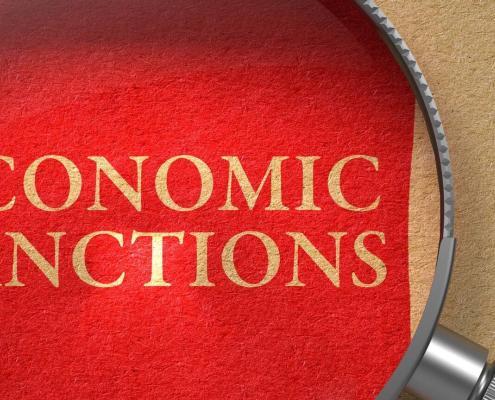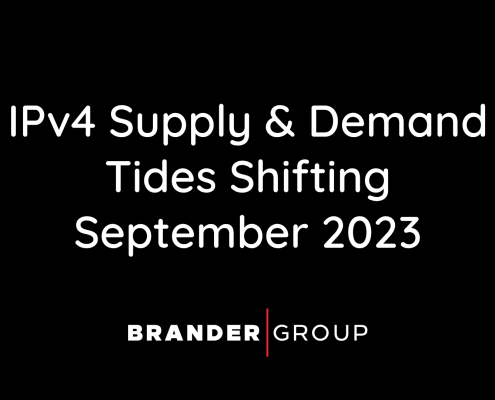Posts

Amazon Web Services (AWS) BYOIP Price Increase 2024
IPv4 BlogAmazon begins charging $6,387 per /24 per month for use of BYOIP (Bring Your Own IP) on AWS (Amazon Web Services).
 2024
2024IPv4 Market Recap, Patterns & 2024 Price Predictions
IPv4 BlogUse data and market psychology to compare IPv4 prices from previous years and determine what IPv4 price might be in 2024
How Will Market Stability Affect IPv4 Prices in 2024
IPv4 BlogIn 2024, U.S. “Internet for All” initiatives – $18 billion E-ACAM program and $42 Billion BEAD program – indicate increased IPv4 demand.
IPv4 Transfer Requests Outpace Previous Year – November
IPv4 BlogAfter fluctuations, the IPv4 Market has exhibited price and demand stability since January 2023, increasing confidence for a strong 2024. The number of IPv4 Transfer Requests has also increased year-to-date, promoting informed market decision-making.

RIPE NCC Reclaims 1.5 Million IPv4 Addresses Due to Sanctions
IPv4 BlogThis report presents data regarding the impact of sanctions on RIPE NCC members, Users, and legacy resource holders, while adhering to confidentiality and privacy requirements.
Signs of a Stable & Healthy IPv4 Market – October 2023
IPv4 BlogA healthy market, whether it's a financial market, real estate market, or any other type of market, is characterized by certain signs and conditions that indicate stability, efficiency, and fairness. The IPv4 market began in response to the exhaustion of a rare technology and a surge in client demand in 2015.
 2023
2023IPv4 Supply & Demand Tides Shifting – September 2023
IPv4 BlogThe market is stable, with a new level of consistent demand. 142 transfer requests in August is on par with the average of 2023 142 requests.
IPv4 Transfer Market Stability – August 2023
IPv4 BlogEven in uncertain times, the IPv4 address market continues on a steady path of recovery. After approximately 18 months of demand decreasing and significant price drops, there is now a glimmer of hope on the horizon. Perhaps, sentiment regarding inflation and heightened interest rates are affecting the market as we near the new year; with anticipation of positive news and more stability.
IPv4 Address Market Heating Back Up – July 2023
IPv4 BlogThe theme of today’s blog is…. let the good times keep rolling. The IP market is heating up and we are finally beginning to see a very positive trend in IPv4 address demand. The new baseline has changed over the past 4 months and is close to the consistency we have seen in the past when IPv4 prices were constantly on the rise.

Pros and Cons Between IPv4 and IPv6 Addresses
Knowledge HubIn the world of technology, connectivity has always been an essential aspect of daily life and business operations. Over the past decade, internet usage has skyrocketed, and with the increasing demand for data, IPv4 addresses, and their limitations have become a challenge. IPv6 was introduced as a potential solution, but is it ready to replace the aging IP standard protocol or are there better alternatives?